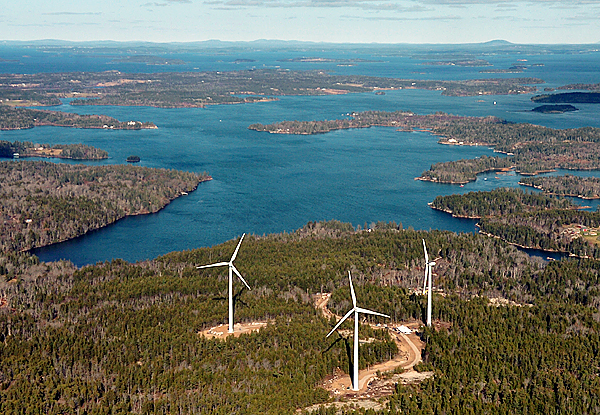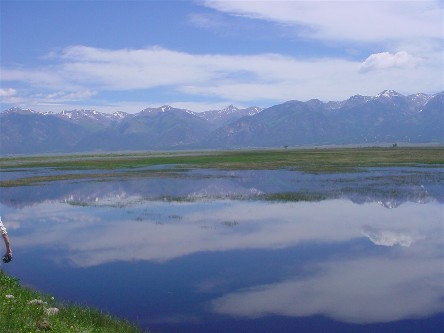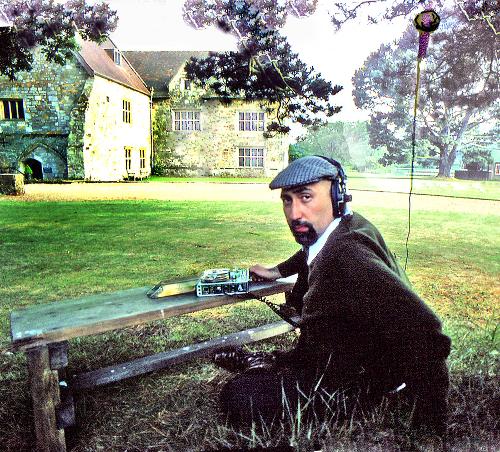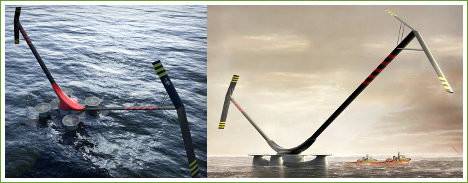Yellowstone snowmobiles: this winter much like last year
News, Vehicles Comments Off on Yellowstone snowmobiles: this winter much like last yearBeen wondering what’s the latest on the Snowmobiles in Yellowstone front? Then head on over to this good long article from New West, which sketches the history and explores the current tone in gateway communities.
The short story is that after spending the summer accepting public comments on the latest round of “permanent” winter use planning, the Park is operating this winter is operating under the same temporary plan as last year, which allows 318 snowmobiles per day. Local businesses are adapting to the changing clientele, which includes more skiers and snow-coach tour riders, and far fewer snowmobilers. My only quibble with the article’s narrative is that it downplays what appears to have been the key factor that has reduced snowmobile use: while the Bush administration overturned the Clinton-era ban which was about to go into effect, and set much higher daily limits (750 machines), a requirement was added that ALL snowmobilers must be part of guided tours. The loss of free-wheeling exploration by groups of friends led to several winters in which the daily limits were rarely reached; there is plenty of gorgeous National Forest land in the region where snowmobilers can romp freely, so why putter along on group tours in the Park?






